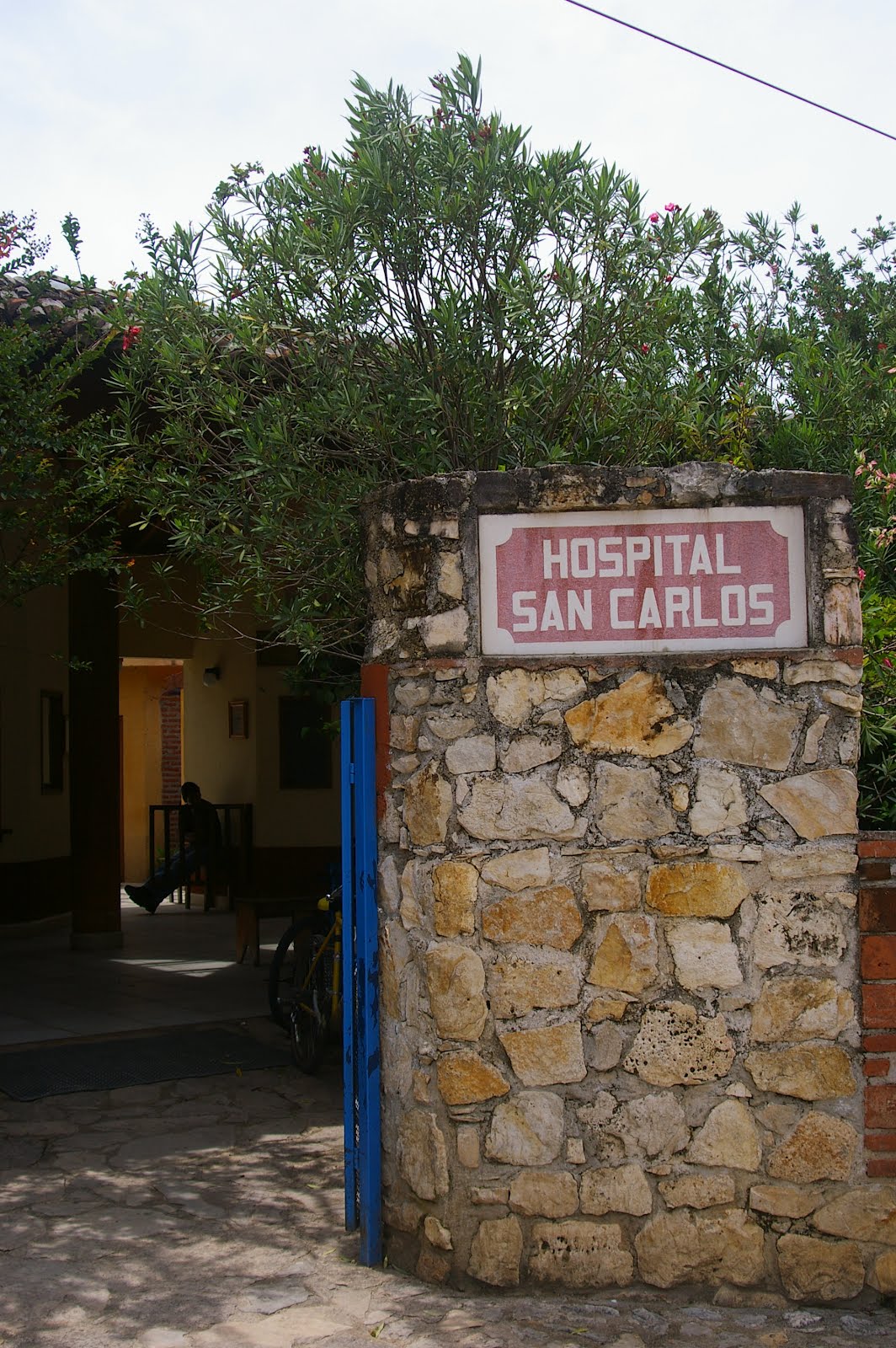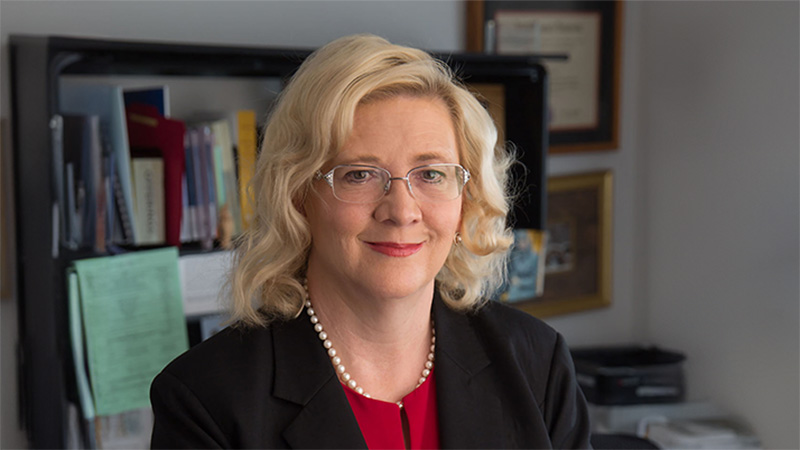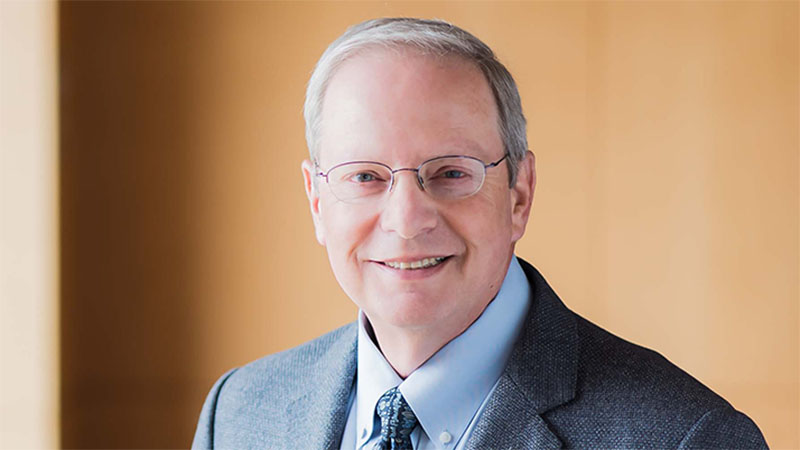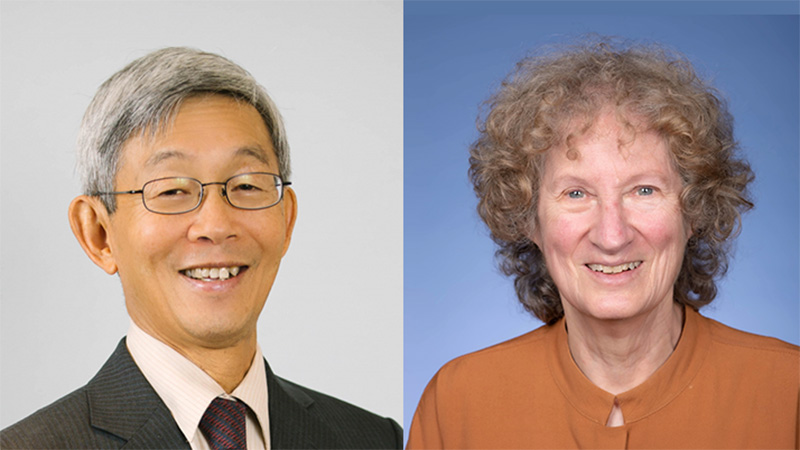

I am fortunate to be back at the Hospital San Carlos, in Chiapas, Mexico for two weeks. I am again welcomed by the dedicated staff doctors, the St. Vincent de Paul nuns who run the hospital, and other volunteers from around the globe. During my two weeks here, I help staff the outpatient clinic “consulta externa” while helping with complicated inpatient cases, or giving impromptu brief lectures or case reports.
After my first week, I am again reminded of the complexity of providing care in a low-resource and culturally diverse setting. Not surprisingly, there are some parallels to American healthcare, and to my work at Over60, a federally qualified health center, where I must balance current treatment recommendations and diagnostic algorithms with a scarcity of resources, an unequal distribution of wealth, and a cultural milieu which may have different understanding of health and life.
The breadth of illnesses seen is extensive ranging from tropical diseases like Chagas, to foodborne illnesses such as Typhoid fever. With total fertility rates remaining high, it is also not uncommon to see married fourteen year olds coming for their first prenatal visit. As a Geriatrician, I am obligated to either remember something from my Ob-Gyn rotation in medical school ten years ago, or hope that there will be an octogenarian in the waiting room, so that I can graciously forgo this consult, and allow my more knowledgeable colleagues to conduct the prenatal visit!
Ultimately and not surprisingly, the burden of chronic disease is spreading and quickly surpassing infectious diseases as an important public health concern. It is not uncommon to see patients in their 5th or 6th decade of life, presenting to the doctor for the first time with undiagnosed hypertension and diabetes. In some ways, this fact is reminiscent of some of the new patients I see at Over60, in Berkeley, CA. While management guidelines for these illnesses do not differ, there are many more complex sociocultural issues to consider.
Firstly, though I am a native Spanish speaker, I must often use an interpreter as the majority of patients are monolingual Tzeltal, Tzotzil, or Tojolabal speakers. Secondly, the long-term management of these illnesses will be dependent on medication availability and other individual patient factors. Thankfully, due to donations and purchases, the hospital does stock a fair number of medications to treat these chronic conditions. In this way, at the end of each patient consult the patient is able to pick up the prescribed medications from the hospital pharmacy with quantities ranging from a few days to up to 3 months. Yet, because many patients live several hours away, it is not easy for many of them to return for scheduled follow-up or for prescriptions. Many must resort to local pharmacies to purchase prescribed medications, hope they can find the same one, and attempt to gather enough money to make the purchase. Given this context, it is also not uncommon for patients to turn to pharmacy staff (usually doctors employed by the pharmacy) for medication recommendations—presumably creating a conflict of interest—or to curanderos from their own community for more traditional remedies. These facts alone make the management of chronic illnesses all the more difficult. Lastly, it is increasingly difficult to explain the role of long-term medications for chronic disease in the context of a population who is largely of limited-literacy, and is primarily used to the treatment and “cure” of symptomatic infectious illnesses. How do we then, as Geriatricians, explain that many of the afflictions of Aging, are chronic, not curable, and rather solely manegeable?
On this trip, this question has been quite prevalent in my daily patient consultations. I have already seen quite a few older patients and have been contemplating whether the standard Geriatric approach I use with my patients in the US is applicable to the patients who live in rural communities where cultural norms and the role of elders in the community may be different. I’ve wondered whether assistive devices will be as helpful to my patients who live in remote communities with unpaved roads, or in small towns like Altamirano where the streets are cobblestoned and full of potholes, or sidewalks a foot high off the street.
Despite these trepidations, I did decide to give a donated walker to one of my first patients, who claimed to be 100 (but did not know the current year or the year of his birth). I am hoping it will help prevent more falls, given his worsening gait which I presume is due to severe peripheral neuropathy of unknown cause—as I cannot test for B12 deficiency or other etiologies. Yet, I am also wondering if I am being naïve or culturally insensitive not knowing what will actually help this gentleman in his own community. Similarly, as in my prior visit in 2010, I found it interesting that this gentleman not only did not know his birthdate or the current year, but a few other patients where in a similar situation and where not oriented to time. This observation led me to ask a few more patients if they knew the year and their birthdate, and has made me question the validity of applicability of many of the dementia screening tests we are currently using. Given the high rates of low-literacy and illiteracy, I do not think that I could even use the Mini-Cog as an initial pass because of the clock draw component. I have become so accustomed and reliant on the MOCA, but am realizing that this test will not be applicable here.
I have started searching the literature for other screening tools which may be more applicable to this population and which are less educationally biased. The Sweet-16 is probably a screening tool which would be appropriate, but unfortunately, because of its closed-access, I will not be able to use it. I am hoping that other GeriPal readers from our international community may have more experience with dementia screening in rural communities with low literacy rates. Please send in your comments and suggestions!
In the meantime, despite these challenges, the rewards of providing care here are immense, and I can only hope that I am making a tiny dent in the lives of a few patients. By educating one patient, I hope that in turn that new information will be transmitted to another family member, a friend, and ultimately an entire community.
by: Carla Perissinotto MD MHS
To learn more about San Carlos or to make a donation visit: www.hospitalsancarlos.org



